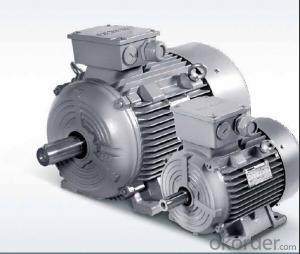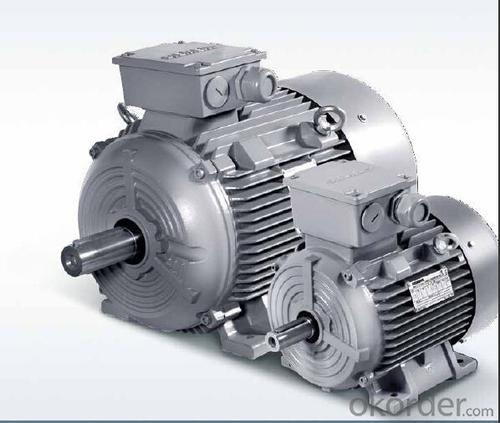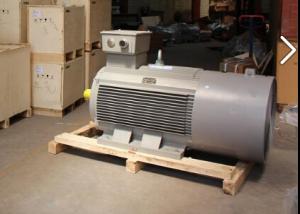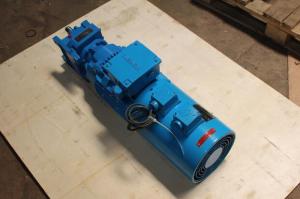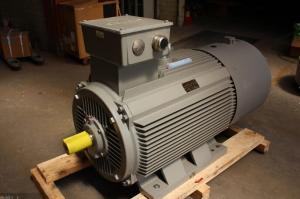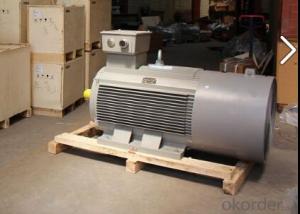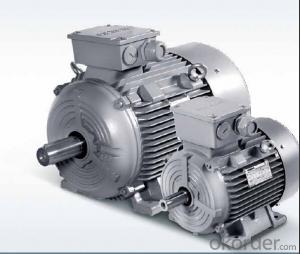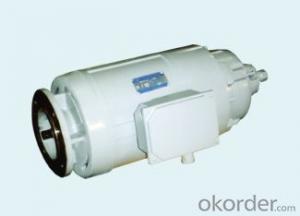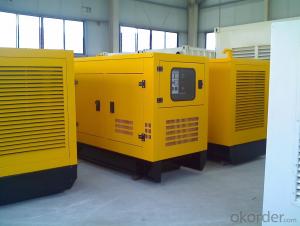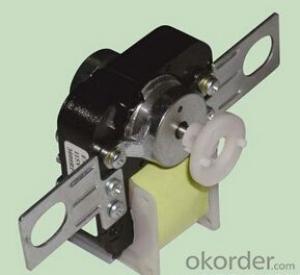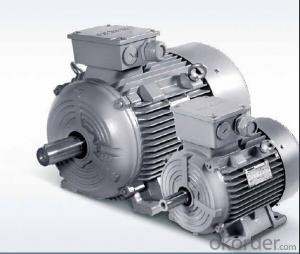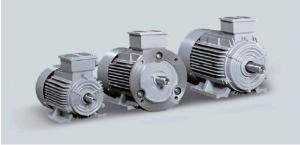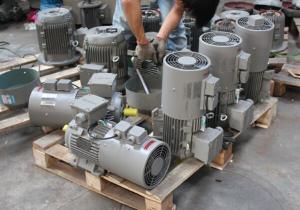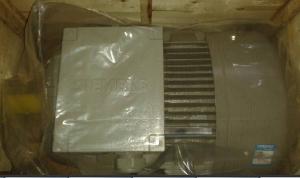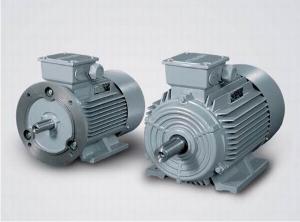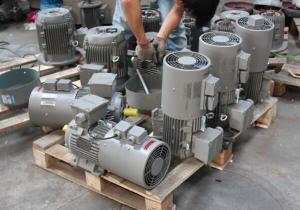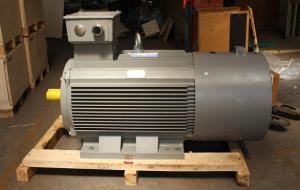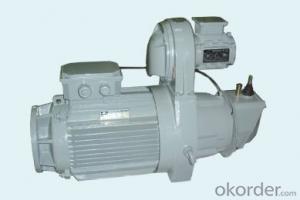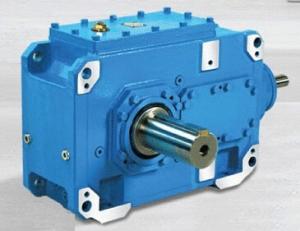Siemens High Low Voltage Motor ILE0001 Series
- Loading Port:
- China Main Port
- Payment Terms:
- TT OR LC
- Min Order Qty:
- -
- Supply Capability:
- -
OKorder Service Pledge
Quality Product, Order Online Tracking, Timely Delivery
OKorder Financial Service
Credit Rating, Credit Services, Credit Purchasing
You Might Also Like
| part name | brand | model | Voltage | protection | cooling | |
| motor | Siemens | 1LA8 | 1PQ8 | 400V,690V,2.3KV,4.16KV,6KV | IP55 | IC411 (1LA8,1LA4) |
| IC416 (1PQ8,1PQ4) | ||||||
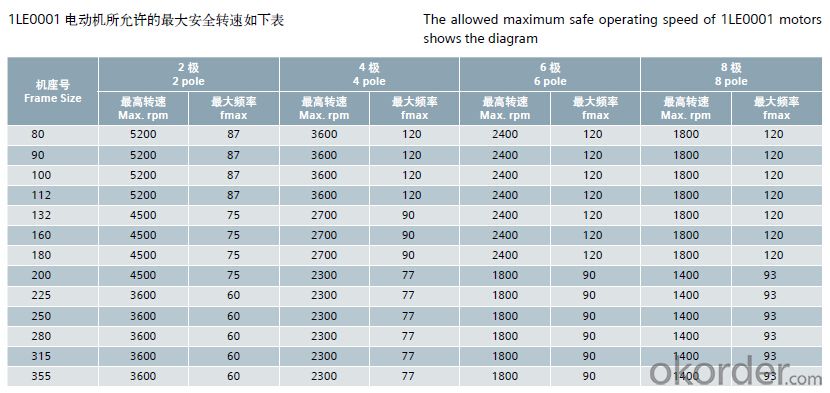
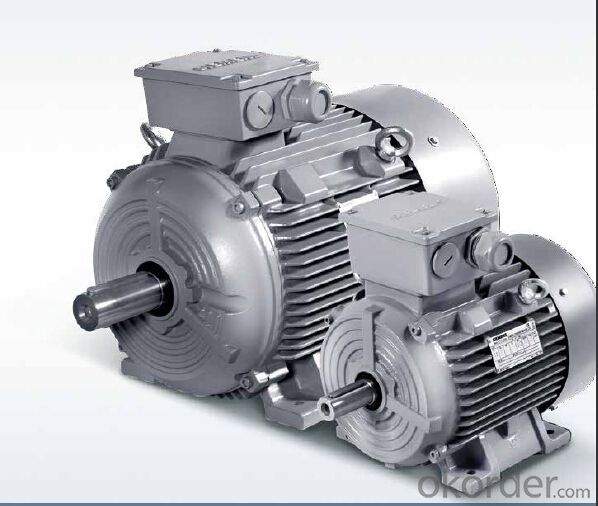
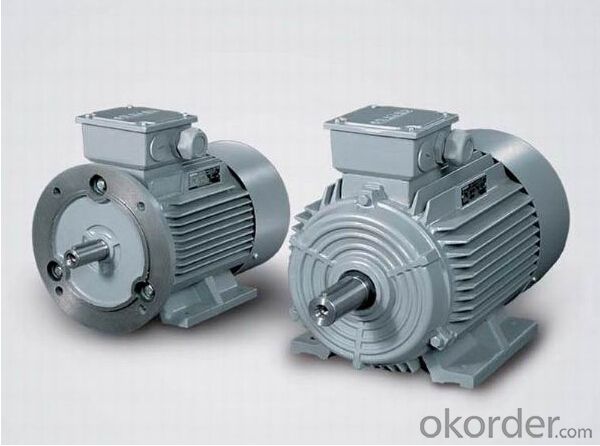

- Q: This american device is labeled as '60hz' but it runs on a universal brush motor, which means that it will still run fine in a '50hz' country without any frequency cycle disturbance, providing i convert the volts, right?I was told that bacause it's labeled on one stores website as '120V AC 60 Hz only' that it probably isnt a true universal motor.But I noticed You can get replacement Carbon Brush and Brush Spring Assemblies - This would futher indicate thats it's a 'true ' universal motor right?
- A universal motor will run fine on 60 Hz or 50 Hz. Speed on a universal motor is determined by windings and load, not Hz. Universal ac motors operate with nearly equivalent performance on direct current or alternating current up to 60 Hz. Universal ac motors can operate on dc with essentially equivalent ac motor performance, but with poorer commutation and brush life than for an equivalent dc motor. See the link below for more information.
- Q: Hi I have a project to complete for my university. I amdesigning a PDA controlled vending machine. I have made a program on Labview for the PDA. Now when the user opens the software and stands infront of the vending machine he will scan for vending machines.whatever he wants he then selects that vending machine. the vending machine will have buttons corresponding to 3 slections. When the user selects the button,the microcontroller in the venidng machine will send a signal to a computer that will also be connected to themicrocontroller. If the person has enough balance the microcontrollerwill turn the correspoind motor on so it can vend the item. the motor is24 VAC. the microcontroller also needs to be connected to a bluetoothtranceiver. My question is that I am looking for the rightmicrocontroller that can be able to turn on one of the desired motors. Iwill connect each motor to the microcontroller though a relay. could youplease guide me how to od it.
- These relays have an opto isolator built in to the relay. The relays come in AC or DC. You need AC for the AC motor and DC control to connect to the microcontroller. There are relays with sensitive inputs (lower power), but you still might need an npn transistor to turn on the relay. The microcontroller is not critical, use whichever one you want to. The I/O pins need to be able to control the Solid State Relays (perhaps with a transistor).
- Q: What are the differences between: DC Drives Vs DC Machines (or DC Motors) AC Drives Vs. AC Machines (Motors) ?Why we add a word called drive ?thanks in advance
- Dc is direct current meaning the electrical current is either -or+ and ac is alternating current which constantly switches from + to -
- Q: How to calculate AC motor efficiency at no load?
- efficiency is zero because the output power is zero. however, there still is input power which is wasted as losses in the motor (mechanical losses, copper losses)
- Q: Why is the rotor of an AC motor neither magnetic nor can it rotate?
- The DC motor and AC synchronous motor works as follows: the stator or rotor produces a rotating magnetic field, while the secondary winding forms polarity. Since the two poles of the stator and rotor are attracted or repelled by each other, the rotation is generated.
- Q: Is there any standard deviation range for AC motor speed? For example, the speed of 4 motors reached 1500, turn failed?
- The alternating current motor revolution =60f/p.f is the alternating current frequency.P is the magnetic pole, the logarithm.60 is minute minute numberA four pole motor is a pair of 2 poles, so the theoretical revolutions of the four pole motor are 1500 revolutions per minute. This is the revolution of the rotating magnetic field. The actual revolutions are less than those of the rotating magnetic field. The quadrupole motor is usually 1450 revolutions per minuteThe rotating principle of three phase asynchronous motorThe prerequisite of the three-phase asynchronous motor to rotate is to have a rotating magnetic field, and the stator winding of the three-phase asynchronous motor is used to generate a rotating magnetic field. As we know, but the voltage phase power phase between the difference of 120 degrees in phase three, a stator winding of the three-phase induction motor in the spatial direction is 120 degrees, so when in the stator windings in three-phase power, the stator winding will produce a rotating magnetic field, current per change a cycle of the rotating magnetic field in the space rotation, change of rotating speed and current rotating magnetic field is synchronized. The rotation speed of rotating magnetic field is: n=60f/P, f is power frequency, P is magnetic pole, logarithm and N unit is: revolutions per minute. According to this formula, we know that the speed of the motor is related to the number of poles and the frequency of the power supply
- Q: I need to know how to basically look at an electric motor (either salvaged or new) and be able to tell what rpms it can achieve, what torque it is capable of delivering/withstanding, and what voltage requirements are needed in order to speed up/slow down/optimize performance. Also, is there a way to distinguish whether it is AC or DC? Take as much space as piossible in order to explain this and/or provide links. I really want to learn as much as i can about all different aspects of applying electric motors to designs.
- I'm not an expert in motors, but let me give you some info. You won't be able to deduce all that info just by looking at it. But most all motors have a name plate that has voltage and current requirements. It will also have a manufacturers name and a model number. You may be able to look that up and get more info. The number of wires coming into the motor will help. 2 wires and ground, and it's either DC or single phase AC. 3 wires and ground and it's a 3 phase delta motor. Look for a box on the side of the motor with a capacitor in it. That is probably a start capacitor, and this is probably a single phase AC motor. If you can see inside the motor, and you see brushes (NOT slip rings) then it's a DC motor. You can also look at where the motor came from to get clues. read the references .
- Q: Just replaced the outside condenser units fan motor and it turns the opposite direction than the old one. Wires are correct. Switched the leads on the running capacitor and it didn't help. Any suggestions??
- It would be a good idea to replace the fan motor. Its probably the cause of the overload that kicks out your relay which really shouldn't be happening. It should blow the fuse and probably will soon enough. The relay will also cut out when the compressor cycles which would be normal. The fan motor will get hot when running but it shouldn't be making any abnormal noises.
- Q: equtions of rpm of 3 phase ac motor?
- The rpm of AC motor does not depend on the phase. It depends on the number of pole and frequency of the line. frequency * 60 rpm = --------------------- 2 poles = 30 freq/poles.
- Q: i should go with? I need to use them to wind rope that will hold a load of about 30 to 50 pounds. Are these sufficient?Secondly, how can I control the motors. I am new to AC motors and not quite sure how to control them. I would like to implement a micro controller and have it be autonomous. What will I need to do such a system? (preferably as cheaply as possible. )Thanks so much!
- You need a gear motor of some sort, preferably a worm drive one, or one with a brake, You don't need the second one, it needs an external gearbox, and with one can probably lift a couple hundred pounds. I'd get one a bit bigger than the first one, which has a worm drive on it, or add a worm drive to that one. To control it, you would use a pair of relays with 10A 120V contacts, and coils appropriate to your control circuit, likely 12V. One relay would power the motor CW, the other CCW, by each applying power to the lead on either side of the run capacitor. For the bigger motor, you would use a 3 phase (preferable interlocking) contactor set. One set of contacts on each section would engage power to the motor, the other two would apply the correct polarity to the start circuit (in relation to the run windings) for the intended direction.
Send your message to us
Siemens High Low Voltage Motor ILE0001 Series
- Loading Port:
- China Main Port
- Payment Terms:
- TT OR LC
- Min Order Qty:
- -
- Supply Capability:
- -
OKorder Service Pledge
Quality Product, Order Online Tracking, Timely Delivery
OKorder Financial Service
Credit Rating, Credit Services, Credit Purchasing
Similar products
Hot products
Hot Searches
Related keywords
